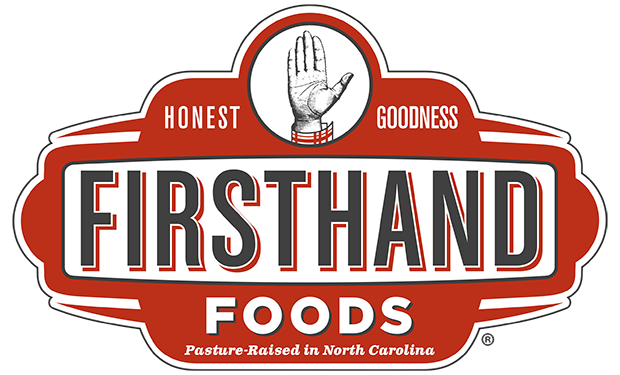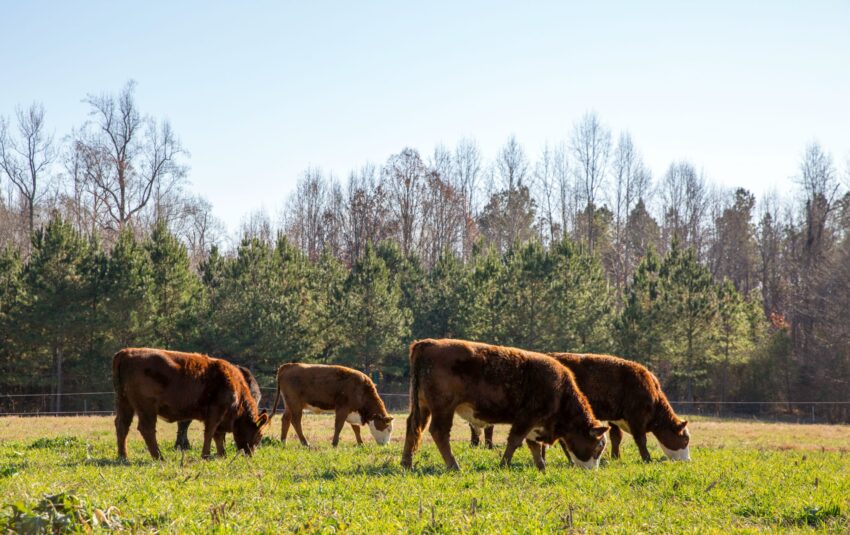Why do beef prices keep rising? Here’s our take:
Beef prices tend to follow a 10-year cycle based on supply and demand. When stock is low, prices are high and vice versa. The beef industry is currently shrinking. Cattle producers across the country are reducing their herd size or getting out of the business entirely due to persistent areas of drought, pandemic-related slaughter plant closures, and widespread cost increases for fertilizer, feed and fuel. According to Reuters, the beef cattle industry is the smallest it has been since 1962.
How does the national beef situation impact Firsthand Foods pricing? North Carolina is what is called a cow/calf state. Most producers specialize in raising young calves and selling them to brokers where cattle eventually end up out west in feedlots. When national cattle inventory is low, as it is now, the value of calves goes up, which encourages producers to sell their cattle when they are young. The producers in Firsthand Foods network have made a commitment to keep their calves an extra year and raise them to slaughter weight for our markets. This involves additional risk and expense that producers are less motivated to take when calf prices are high. The result is that we have to adjust our price to make it worth their while.
The other factor that influences our beef pricing is the cost of processing, which also continues an upward trend primarily due to rising labor costs. Working in a slaughter plant is considered one of the worst, most dangerous and underpaid jobs in the US. We appreciate that our processors are challenged to find and retain employees and that paying them more is part of the answer.

